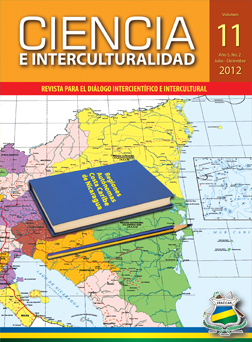Indigenous economy in the community of Wasakín, Municipality of Rosita, RAAN
Abstract
We present a case study on Indigenous economy in Wasakin, municipality of Rosita, North Atlantic Autonomous Region (RAAN), located at 480 km northeast of Managua, Nicaragua. The population is constituted by six Tuahka families, the rest are linked with the Tuahka-Miskitu ethnic group. The population is approximately 2,100 people, made up of 185 families; the tuahka and miskitu identity prevails. These families settled approximately in 1733 in the Bambana River, at 13.5 km from the city of Rosita, during the reign of Edward I (1728-1762). The economic model was identified, as well as the productive activities, culture, and the perception of the people in reference to its economic model. The research was qualitative and linked with methods of cultural anthropology. The people live from the rudimentary agriculture, wood, cattle-raising, bamboo crafts, traditional medicine services, trade, hunting, fishing and gathering. There is poverty and the State has traditionally fostered paternalism with donations made by each government.
Downloads
El autor mantiene los derechos morales y permite la cesión gratuita, exclusiva y por plazo indefinido de sus derechos patrimoniales de autoría a la Universidad de las Regiones Autónomas de la Costa Caribe Nicaraguense (URACCAN).






